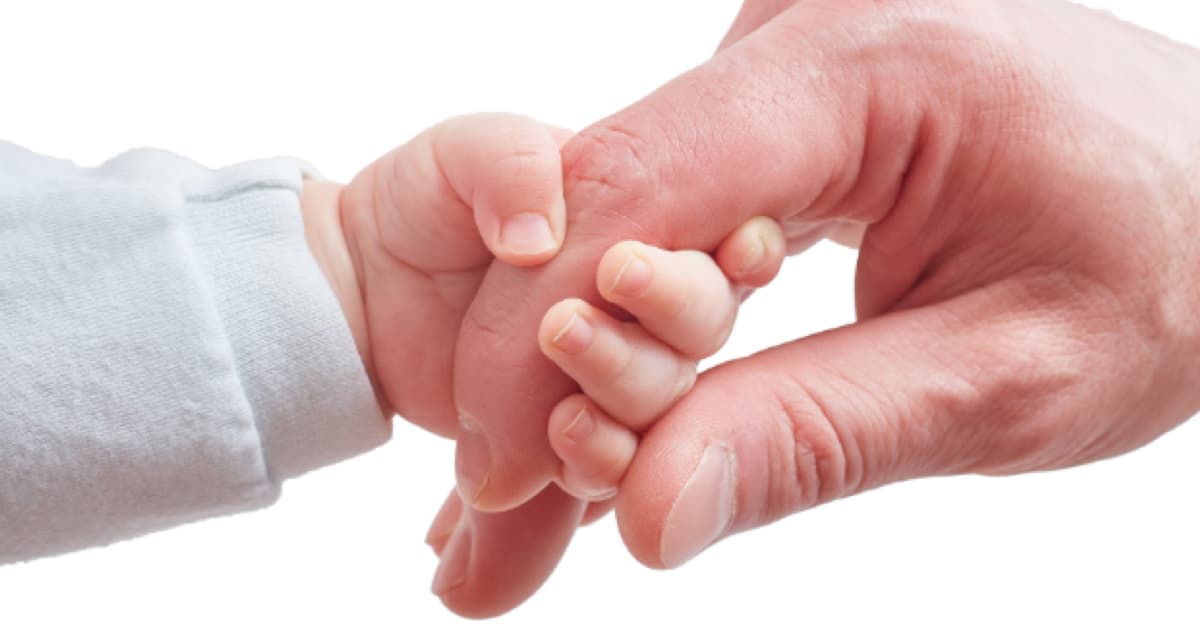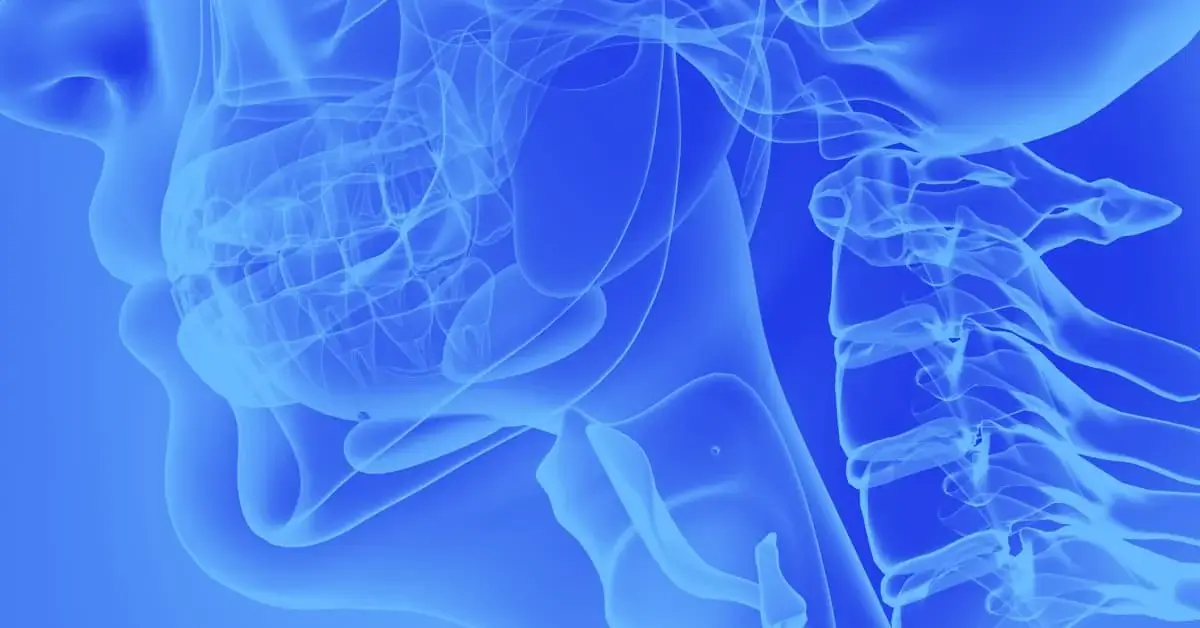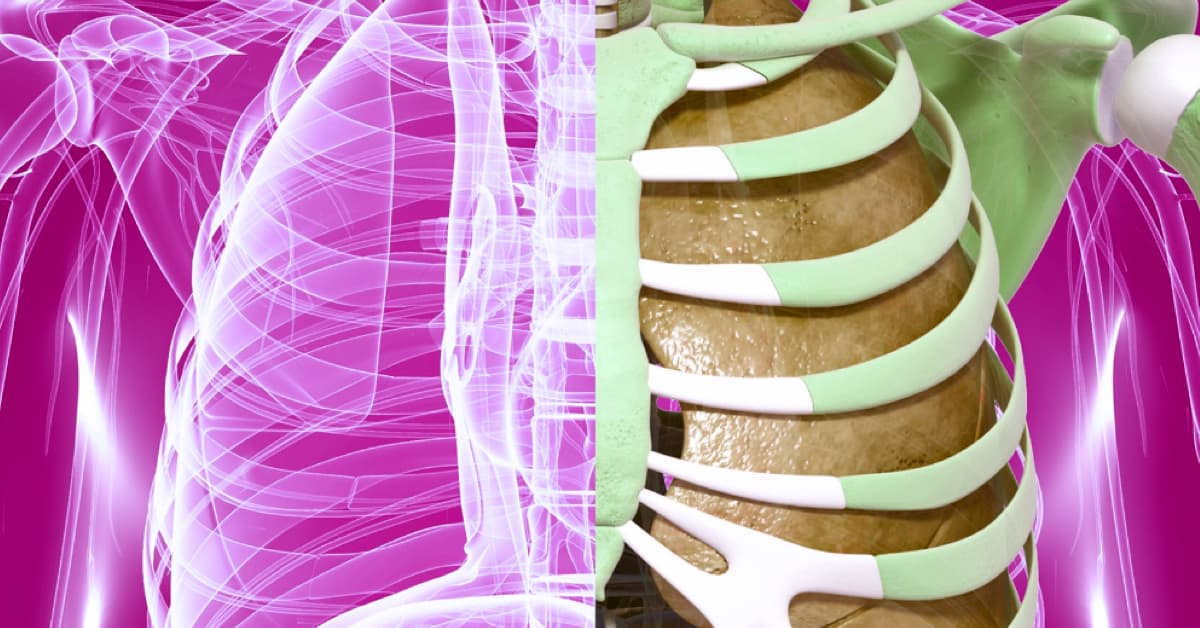
Newborn vs Adult
Dr Willard Functional Anatomy
“Newborn versus Adult” is an on-demand course in functional anatomy taught by Frank H. Willard, professor of anatomy at the University of New England College of Osteopathic Medicine (UNE COM). The course consists of 12 video lectures counting approximately 12 hours of training to explore the anatomo-functional and physiological differences between the newborn and the adult and the anatomical and physiological relationships between mother and child.
Which organs and systems are already mature at birth? How does their function vary? What anatomical space and location do they occupy? How much do anatomy and function influence the development of organs and systems?
These and other questions will be answered by Professor Willard, who will also explore the primary connections between mother and fetus in order to understand how intimate the relationship between the health of the mother and that of the future infant is.
The course is in English with consecutive translation into Italian.
The course covers the following topics:
The Musculoskeletal System
- The segmentation
- The bone and the osteogenesis
- The epiphyseal plates
- The joint development
- The muscle development
- The spinal development
- The fascia development
- The skull development
- The limbs development
The pharyngeal arches and the development of the swallowing and sucking function:
- The development of the pharyngeal arches
- The cranial nerves associated with the pharyngeal arches
- The pharyngeal arches and pharyngeal pouches
- The anatomy of swallowing
- The differentiation between the digestive and respiratory tracts
The cardio-respiratory system:
- The lungs before and after birth
- The development of the heart and circulatory system
- The main cardiac malformations
The endocrine system:
The development of the pituitary gland in the fetus. Anatomy and function
- The dual origin of the pituitary gland
- The pituitary hormones in foetal life
The development of the thyroid gland in the fetus. Anatomy and function
- The function of thyroid hormone during foetal life
- The hypothyroidism in pregnancy and the neurological outcomes in the foetus
The development of the adrenal glands in the fetus. Anatomy and function
- The fetal adrenal glands and the fetal cortex
- The role of corticosteroids at birth
The effect of prenatal programming on the development of the endocrine glands.
The Nervous System
The development of the cranial fossae and the meningeal support
The first part of the development:
- The formation of the neural tube
- The migration of neural crests and their role in the development of the head, peripheral nervous system, laryngeal-pharyngeal area and heart
The eight developmental stages of neural systems:
- Induction
- Proliferation
- Migration
- Aggregation
- Differentiation
- Remodelling
- Cell death
- Myelination
Comparison between the central nervous system anatomy of the foetus and adult
Myelination in the newborn and young individual
The influence of prenatal life on central nervous system development
Relationships between mother and fetus
- The changes in the mother's musculoskeletal system during pregnancy
- The diaphragm
- The curves of the spine
- The changes in the uterus and its associated organs
- The anatomical and functional changes in the intestine
- The placenta
- The foetal environment
Course type
On-demand course consisting of live-streaming
lectures taught by Frank H. Willard and recorded.
Program
{{ item.lesson.description }}
{{ item.lesson.description_en }}
by · {{ item.lesson.teacher.firstname }} {{ item.lesson.teacher.lastname }} · {{ item.lesson.teacher_2.firstname }} {{ item.lesson.teacher_2.lastname }} · {{ item.lesson.teacher_3.firstname }} {{ item.lesson.teacher_3.lastname }}Frequent Questions
What language are the lessons in?
Is a certificate of attendance issued for on-demand courses?
Can I download the course material?
Can I participate in the course even if I am not an osteopath?
Can I access the course from multiple devices?
How is the course organised?
If I need help accessing the course, what can I do?
How long will I have access to the course content?
Support
We are at your disposal to offer you clarification on courses and AOI modalities
Neonato vs Adulto
Related courses
Sign in
Enter your data to log in
Please note, following the platform upgrade, you will necessarily have to perform a recovery of your password in order to log in. Recover ›
Recover data
Forgotten your password? Don't worry, enter your email to retrieve your credentials.
Sign up
Enter your data to register
Your personal data will be used to support your experience on this website, to manage your account access and for other purposes described in our privacy policy.





